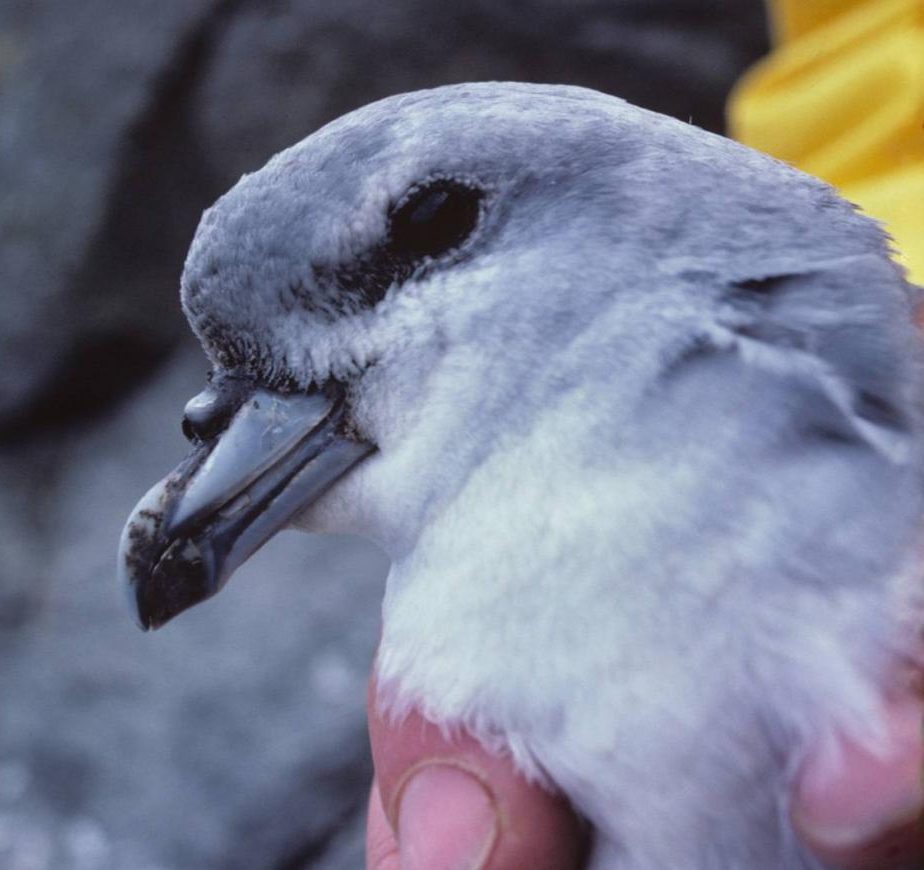Peter Kovalik
Well-known member

Yvan G. Satgé, Bradford S. Keitt, Chris P. Gaskin, J. Brian Patteson, and Patrick G.R. Jodice. 2022. Temporal and spatial segregations between phenotypes of the Diablotin Black-capped Petrel Pterodroma hasitata during the breeding and non-breeding periods. BioRxiv 2022.06.02.491532.
Temporal and spatial segregations between phenotypes of the Diablotin Black-capped Petrel Pterodroma hasitata during the breeding and non-breeding periods
ABSTRACT
Aim: Despite growing support for ecosystem-based approaches, conservation is mostly implemented at the species level. However, genetic differentiation exists within this taxonomic level, putting genetically distinct populations at risk of local extinction. In seabirds, reproductive isolation is one of the principal drivers of genetic structure. In the Diablotin Black-capped Petrel Pterodroma hasitata, an endangered gadfly petrel endemic to the Caribbean, two phenotypes have been described: a smaller dark form and a heavier light form, which are genetically distinct. We hypothesized that color forms have a similar non-breeding distribution at sea but distinct nesting distributions.
Location: Western North Atlantic and northern Caribbean islands.
Methods: In May 2019, we captured 5 adult Black-capped Petrels of each phenotype at sea and equipped them with satellite transmitters. We used generalized linear mixed models to test the importance of phenotype on geographic distribution. Using kernel density estimations, we located use areas, quantified spatial overlap between forms, and assessed form-specific exposure to marine threats. Finally, we used tracking data to estimate the distribution and timing of nesting.
Results: Petrels were tracked for 11 – 255 d (mean = 102.1 d±74.2). During the non-breeding period, all individuals ranged from 28.4 – 43.0 degrees latitude. Phenotypes had significantly distinct non-breeding distributions. In the western North Atlantic, the dark form was exposed to more marine threats than the light form. We recorded two trips (1 individual of each form) to known breeding areas, with the light form initiating breeding 1.5 months before the dark form.
Main conclusions: Phenotypic differences in the Black-capped Petrel were linked to differences in nesting phenology, non-breeding marine distribution, and at-sea threat exposure. To sustain the species’ representation, redundancy, and resiliency in the light of environmental changes, it is likely that the evolutionary processes that resulted in genetic differentiation will also need to be conserved.
Temporal and spatial segregations between phenotypes of the Diablotin Black-capped Petrel Pterodroma hasitata during the breeding and non-breeding periods
ABSTRACT
Aim: Despite growing support for ecosystem-based approaches, conservation is mostly implemented at the species level. However, genetic differentiation exists within this taxonomic level, putting genetically distinct populations at risk of local extinction. In seabirds, reproductive isolation is one of the principal drivers of genetic structure. In the Diablotin Black-capped Petrel Pterodroma hasitata, an endangered gadfly petrel endemic to the Caribbean, two phenotypes have been described: a smaller dark form and a heavier light form, which are genetically distinct. We hypothesized that color forms have a similar non-breeding distribution at sea but distinct nesting distributions.
Location: Western North Atlantic and northern Caribbean islands.
Methods: In May 2019, we captured 5 adult Black-capped Petrels of each phenotype at sea and equipped them with satellite transmitters. We used generalized linear mixed models to test the importance of phenotype on geographic distribution. Using kernel density estimations, we located use areas, quantified spatial overlap between forms, and assessed form-specific exposure to marine threats. Finally, we used tracking data to estimate the distribution and timing of nesting.
Results: Petrels were tracked for 11 – 255 d (mean = 102.1 d±74.2). During the non-breeding period, all individuals ranged from 28.4 – 43.0 degrees latitude. Phenotypes had significantly distinct non-breeding distributions. In the western North Atlantic, the dark form was exposed to more marine threats than the light form. We recorded two trips (1 individual of each form) to known breeding areas, with the light form initiating breeding 1.5 months before the dark form.
Main conclusions: Phenotypic differences in the Black-capped Petrel were linked to differences in nesting phenology, non-breeding marine distribution, and at-sea threat exposure. To sustain the species’ representation, redundancy, and resiliency in the light of environmental changes, it is likely that the evolutionary processes that resulted in genetic differentiation will also need to be conserved.








